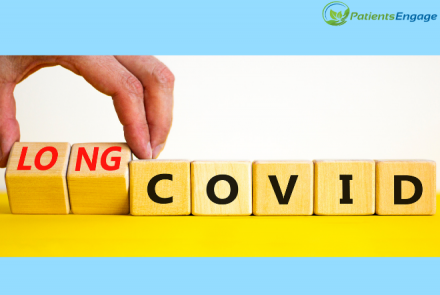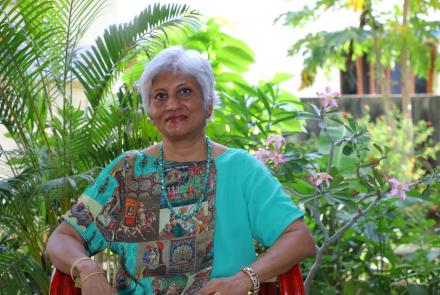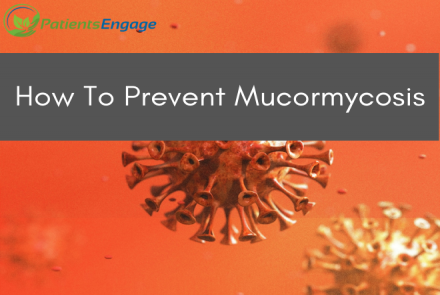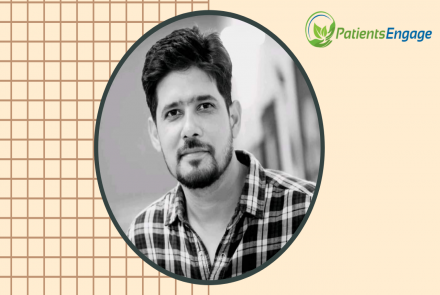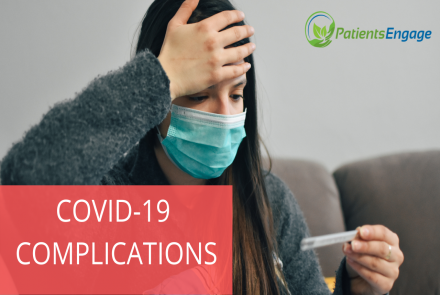
As more and more people get infected with the coronavirus and are asked to home isolate, it is often unclear as to how one should go about it and when to seek medical help. Dr Anita Kumar talks about home quarantine guidelines during the current Covid pandemic. While the guidelines are vastly the same for the country, the methodology of application may vary and hence the doctor’s advice needs to be tailored to your situation.
What does home quarantine for a COVID patient entail? Who is eligible for home isolation and quarantine?
Home quarantine guidelines have been provided by the Government of India’s Ministry of Health & Family welfare (MOHFW) of 2nd July 2020. These are revised over time, that means slightly different from the previous one. For your reference I shall summarize them here as well.
Patients eligible for home isolation are the people who have very mild symptoms /pre symptomatic or asymptomatic. Such patients should have the requisite facility at their residence for self-isolation and for quarantining the family contacts.
Some patients are immunocompromised due to certain health issues, these include people suffering from HIV, transplant recipients, those on cancer therapy etc. It is not advisable for such patients to undergo home quarantine because there is a risk of deterioration of condition leading to increased complications and fatality.
We all know elderly patients have to maintain extreme caution etc.. Patients with comorbid conditions like diabetes, hypertension, heart disease, kidney disease, lung disease, cerebrovascular disease should follow their doctor’s orders on whether it is safe to be in home quarantine. Several times, for positive patients with mild elevation of BP and blood sugars, while the choice of admission is theirs, as a doctor we always advise admission. It's important to realise these co-morbid conditions can cause aggravation of the disease in such patients, thus increasing risk of morbidity and mortality. Some doctors though may advise home isolation only after a thorough physical check-up.
For people who are home isolated, a care giver should be available to provide care on 24 x7 basis. In addition, a communication link between the caregiver and hospital/doctor should be maintained for the entire duration of home isolation.
In India, your doctor or the State Municipal corporation may advise you to download the Arogya Setu App on mobile. The patient should agree to monitor his health and regularly inform his health status to the requisite authority which is the doctor/district health authority.
How can the patient monitor his health at home? What basic equipment is needed?
- Monitor fever with thermometer daily.
- Monitor blood oxygenation with a pulse oximeter before and after a 6 minute walk test every day. Pulse and Respiratory rate can also be self-measured. A log of daily measurements is ideal!
- Measure BP regularly if elderly or with comorbid conditions.
- Diabetes patients should take regular blood sugar measurements with glucometer and keep a log. Inform your doctor if there are any drastic changes in your blood sugar levels.
Remember to sanitise all the instruments after every use.
What is the 6 minute walk test?
The 6-minute walk test (6 MWT) is an exercise test. It is measurement of distance walked over a span of 6 minutes. This test helps measure functional capacity, response to therapy and prognosis across a broad range of chronic cardiopulmonary conditions. This test provides useful information in conditions such as Pulmonary arterial hypertension (PAH), Heart failure (HF), Cardiac rehabilitation/coronary artery disease (CAD), peripheral arterial disease and chronic lung diseases. COVID patients are known to become breathless and hypoxic suddenly, requiring hospitalisation. This test is a simple way to detect any drop in the oxygen saturation in the body. Many patients experience no shortness of breadth but have low oxygen saturation levels. This is a state called Happy Hypoxia or Silent Hypoxemia, whereby the oxygen can become life-threateningly low but the person seems healthy and unaware. This condition was detected by young patients with COVID , with no prior history of cardiac disease started dying of cardiac failure.
What is proning?
This is a position where patients are made to lie on their stomach. It helps in better ventilation of the lungs. Basically, it helps in better expansion of back of lungs and better removal of secretions. This is usually done in a hospital setting. Not useful for home setting unless advised by your doctor; this is a hospital-based manoeuvre.
When should a patient be taken to the hospital?
Take the patient to the doctor whenever you see any symptoms of fever, nausea, vomiting, headache, fatigue, cough, sore throat, chest pain, cold, runny nose, loss of smell or taste. No matter what the symptoms are, let your doctor make a clinical decision regarding whether you need to get tested or not. Find out the latest advisory on whether testing without prescriptions is allowed so you can approach the concerned testing centres and get tested yourself too.
If the patient is already on home isolation, check oxygen saturation and take them to hospital if it drops to 95% or below.
Is it true that a patient is not contagious after the 10th day?
No one can say with surety that patient is non-infectious after 10th day. However, the universal criteria for discharge of patients as recommended by WHO is:
- For symptomatic patients: 10 days after symptom onset, plus at least 3 additional days without symptoms (including fever and respiratory symptom)
- For asymptomatic cases: 10 days after positive test for SARS-CoV-2
Based on evidence, it appears safe to release patients from isolation based on clinical criteria that require a minimum time in isolation of 13 days, rather than strictly on repeated PCR testing results. However, there is no zero-risk approach, and strict reliance on PCR confirmation of viral RNA clearance creates other risks (e.g. straining resources and limiting access to health care for new patients with acute disease) which are not possible in our country. We have to take a reasonable risk approach. Only in patients with severe disease who are symptomatic for prolonged periods of time, a laboratory-based approach might aid in decision-making on the need for prolonged isolation. This may also need to be applied if the person is a healthcare worker.
Note: This is a dynamic situation and as the availability of testing kits increase, the protocols are being revised
Who should get tested?
These are guidelines given by ICMR for the strategy of COVID testing in India (dated 18/5/20) for the RT-PCR test:
- All symptomatic (lLl symptoms) individuals with history of international travel in the last 14 days.
- All symptomatic (lLl symptoms) contacts of laboratory confirmed cases.
- All symptomatic (lLl symptoms) health care workers / frontline workers involved in containment and
- mitigation of C0VlD19,
- All patients of Severe Acute Respiratory lnfection (SARI).
- Asymptomatic direct and high-risk contacts of a confirmed case to be tested once between day 5 and day 10 of coming into contact.
- All symptomatic lLI within hotspots/containment zones.
- All hospitalised patients who develop lLl symptoms.
- All symptomatic ILI among returnee and migrants within 7 days of illness.
- No emergency procedures {including deliveries of babies} should be delayed for lack of test. However, sample can be sent for testing if indicated as above.
Note:-An lLl case is defined as one with acute respiratory infection with fever >38C and cough. SARI (Severe Acute Respiratory Infection) is defined as a case with acute respiratory infection with fever >38C and cough, requiring hospitalization.
Both hospitals and certain private laboratories were commissioned to carry out the RT-PCR test, but they both required a doctor’s prescription (this prerequisite has now changed). Since early July, the Antigen and Antibody tests are also available. Remember, these do not replace an RT-PCR test.
Can the patient resume normal life after the quarantine period?
Yes but the risk persists!
Because you are infected once does not mean you cannot be infected again. It's highly unlikely that a patient will be infectious after 14 days of symptom onset but the risk persists. We cannot comment on it with surety as lot more research needs to be done in this area.
Dr.Anita Kuma MSc MBBS MiPH(AUS) Resident Physician (Geriatric) MGM Hospital, KAMOTHE.

